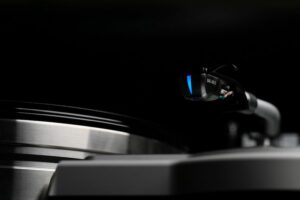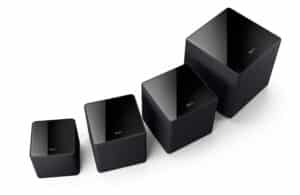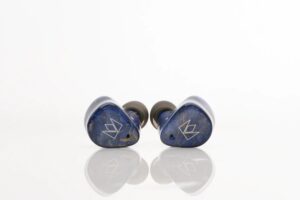What is Tidal?
What is Tidal? Why do we care? Why did Jay Z buy it? And why do we want to give more money to already INCREDIBLY wealthy musicians?
After the announcement of Jay Z purchasing Tidal music streaming service backed up by his popular posse of mega known super stars, the masses were not quite on board as our HiFi Buys team thought they would be. The backlash was quite intense with comments like:
First off, we understand why people might be scratching their heads and asking, why would I want to pay for something we can get for free? Unfortunately the press conference failed to explain the true value that Tidal brings to already crowded market of streaming services. But hey! That’s what we are here for, right?
Tidal wasn’t started with the thought of competing directly with the likes of Pandora or Spotify. It was never intended to be for the masses. Tidal was launched in October 2014 by Aspiro, a Swedish company known for its high fidelity streaming service WiMP which has been available internationally since 2010. Tidal was originally touted as an answer for customers who craved access to the amount of music available through streaming services but who also appreciate and demand higher fidelity from their music sources. The majority of Tidal’s catalogue is available for streaming at 1,411 kbps – compared to 320 kbps max for Spotify and 192 kbps for Pandora. This is truly CD-quality streaming, and for the majority of our customers and the HiFi Buys staff, access to over 25 million tracks at this level of fidelity is a no-brainer. We believe that Tidal, while being the more expensive service, offers a premium experience that all music-lovers can appreciate.
Secondly, Jay Z doesn’t want to make Taylor Swift richer; he wants to develop a platform on which ALL artists, regardless of their previous success, are compensated for their work more fairly. Artists being under-compensated has been a major point of contention in the music industry as streaming services have continued to grow and album sales have continued to drop. Tidal claims to pay artists more than any other streaming service, which could very well shift the industry and put more power back into the hands of the artists rather than with labels or tech companies. This is potentially huge for consumers as well: as the focus shifts more towards the quality of the music and the quality of playback, the overall experience of listening to music through streaming services can only get better and better.
But if anything else, here is why Tidal is worth your money:
One of our HiFi Buys teammates, Chris, explains why there is room in the market for multiple streaming services and why he pays for them. He currently uses 3 streaming services almost everyday and pays for Pandora ($3.99/month), Spotify ($9.99/month) and Tidal ($19.99/month). While this is certainly not practical for most people, he finds each to be useful in its own way depending on how he is listening:
“Pandora is great as a replacement for the radio in my car when I’m driving. Being able to skip songs and customize my own stations without commercials is definitely worth $3.99/month to me. While the fidelity is not great (it is slightly better with the paid subscription, but still heavily compressed) it is more than adequate for my car’s stereo.”
“Spotify and Tidal are both great for finding and listening to new music before committing to buy an album. Both services offer very similar services at different levels of fidelity, which determines how and when I use them. Because files streamed from Spotify are less than 1/4th the size of files from Tidal, Spotify is perfect for listening when I’m not home because it does not chew through my mobile data plan like Tidal can. I use Spotify in my car or on my phone when I want to check out a new (or new-to-me) artist that someone tells me about (I get a lot of recommendations working in a stereo store) or when I’m considering buying a new album that I spot at a record store.”
“Tidal has become the main way that I listen to digital music at home, whether through Sonos or my main stereo. The equipment that I listen to at home is far more capable of presenting the advantages of CD-quality files than my car stereo is, and the larger files are less of a problem at home through my cable internet service than they are on my mobile data plan – and the 300 GB/month limit from Comcast at home is much harder to use up than the 10 GB/month that I have on-the-go from AT&T.”
We hope that clears Tidal up a bit but if you have any questions and really want to hear the difference CD-quality music can make, come see us at the store!







